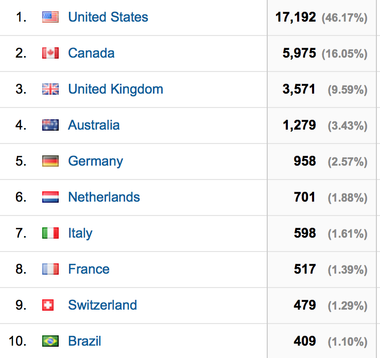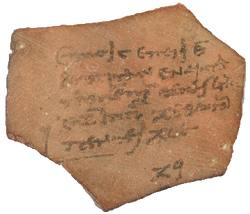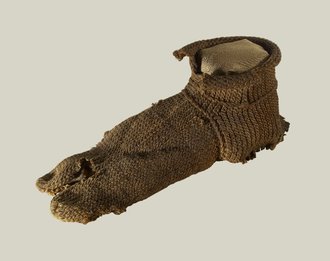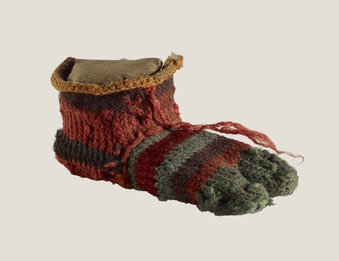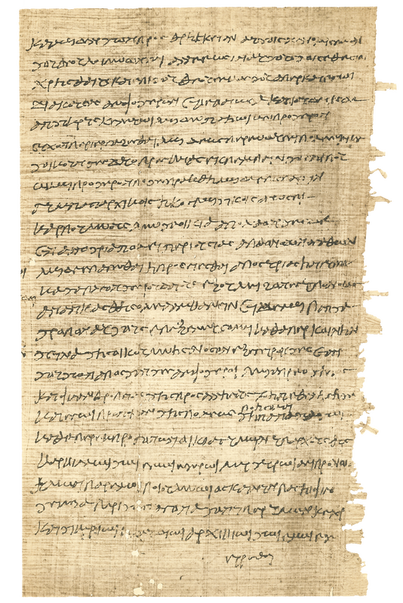Today marks this blog's 2nd anniversary. I have been overwhelmed at the amount of views this blog gets on a daily basis. In the last year, there have been anywhere from 100 to 2,000 views each day from all around the world. The numbers are as follows (thanks to Google Analytics):
243,800 page views from 148 countries and 4,801 cities! Of the 148 countries, the top ten are:
By far the most popular post this year was The 'First Century' Gospel of Mark, Josh McDowell, and Mummy Masks: What They All Have in Common, which received 23,524 page views:
This blog has been cited in Live Science, The Daily Beast, and The Telegraph, as well as numerous syndicated media outlets.
I have always had three main goals in running this website: 1) to disseminate information about papyrology and early Christianity through blogging, 2) to host my scholarly publications through a convenient platform, 3) and to collect and present a wealth of online papyrological resources. I have managed to review 4 books in the last year, and some of these reviews were published later in journals. Publishers have been willing to send me review copies because of the quality of my reviews, and for those companies (Brill, Walter de Gruyter, Baylor, Baker, Eerdmans, Oxford, T&T Clark, etc.), I am most grateful.
I should also like to thank my readers for continuing to like, post, share, and feature this blog on their own blogs and websites. It has been good fun producing content, but also rewarding. I have received numerous comments and questions from readers who are getting interested in papyrology precisely because of this blog! I have received emails from journalists, pastors, undergraduate and graduate students, full-time faculty members, antiquities dealers, business owners, and people who are just interested. If that is not evidence that my goals in doing this blog are being accomplished, then I don't know what is.
Readers are welcome to comment on how this blog might be improved. Please do so in the comments section below, or privately through the contact section of this site. The next year looks promising, especially because I have a new and very exciting change that is coming to this website. I am still working on developing it, but I will unveil it sometime in the coming months. Thanks again!


